It looks like you're using an Ad Blocker.
Please white-list or disable AboveTopSecret.com in your ad-blocking tool.
Thank you.
Some features of ATS will be disabled while you continue to use an ad-blocker.
13
share:
I was going over a book called a Tropical Dependency by Flora L. Shaw; and I remembered this interesting passage
THE PHARAOHS IN HAUSSALAND 233 Soudan to pay tribute.
Now most of you would not know what the Tarikh-es-Soudan is, but it's just the written account of the Sudan or the Blacks , written by Al-Sadi of the Songhay empire some of which was taken from oral tradition, but I like many others put this story or passage on the back burner for a multitude of reasons, namely we generally don't read the bible or any religious work as history and Moses was in all likelihood a mythical figure and certainly I don't believe in snake wars or turning staves into snakes, but why would anyone make a connection with Gao an ancient city on the banks of the Niger in west Africa with the Nile, the answer to that was Yam, the Nation not the tuber, in the western desert the Kemetian did business with a people from the south west called Yamites their apparent meeting place was at Jebel Uweinat.
THE PHARAOHS IN HAUSSALAND 233 Soudan to pay tribute.
Rameses the Great, who is usually assumed to have been the Pharaoh of Moses, made extensive conquests to the south. This was the Pharaoh whose conquest of Ethiopia is shown upon the monuments, and on those monuments is also indicated the conquest of tributary nations to the West. In connection with these conquests we must not forget the statement of the Tarikh-es-Soudan that it was the Pharaoh of Moses who drew his magicians from Gao.
www.forgottenbooks.com...
Now most of you would not know what the Tarikh-es-Soudan is, but it's just the written account of the Sudan or the Blacks , written by Al-Sadi of the Songhay empire some of which was taken from oral tradition, but I like many others put this story or passage on the back burner for a multitude of reasons, namely we generally don't read the bible or any religious work as history and Moses was in all likelihood a mythical figure and certainly I don't believe in snake wars or turning staves into snakes, but why would anyone make a connection with Gao an ancient city on the banks of the Niger in west Africa with the Nile, the answer to that was Yam, the Nation not the tuber, in the western desert the Kemetian did business with a people from the south west called Yamites their apparent meeting place was at Jebel Uweinat.
edit on 9-11-2015 by Spider879 because: (no reason
given)
The inscription is made on the vertical face of a large rock in a prominent position on a hillside. The inscription has been published in detail in Sahara 19 (CLayton, Joseph, Aloisa de Trafford, Mark Borda, A hyeroglyphic Inscription found at Jebel uweinat mentioning Yam and Tekhebet, 2008). The following is a brief description, with a couple of my own thoughts and comments added.
The inscription is composed of three parts, from left to right the seated figure of the King wearing the red crown and holding a staff, followed by the name of the king in a cartouche and the associated royal titulary. On the right there are two separate pieces of text that refer to two "lands" (i.e. the people of these lands) bringing tribute to the king. While the whole scene suggests the two named lands bringing tribute and by implication accepting the overlordship of Mentuhotep, more realistically it commemorates a trading event.
It is just barely possible to discern the nsw-bity ("King of Upper & Lower Egypt") titles above the cartouche, this portion of the inscription is the most weathered. The inscription inside the cartouche reads Sa Re mntw-htp ("Son of Re, Mentuhotep"). Below and left of the cartouche is the customary Hr ankh djt ("The Horus, living forever"). The inclusion of the Sa Re title inside the cartouche is significant (normally it precedes the cartouche), as this spelling is only known from the royal titulary of Mentuhotep II (Nebhepetre), the founder of the XIth Dynasty, reunifier of the Two Lands following a lengthy period civil war. Both his successors with the same name used the regular way of writing the Sa Re title and nomen, with the title outside the cartouche.
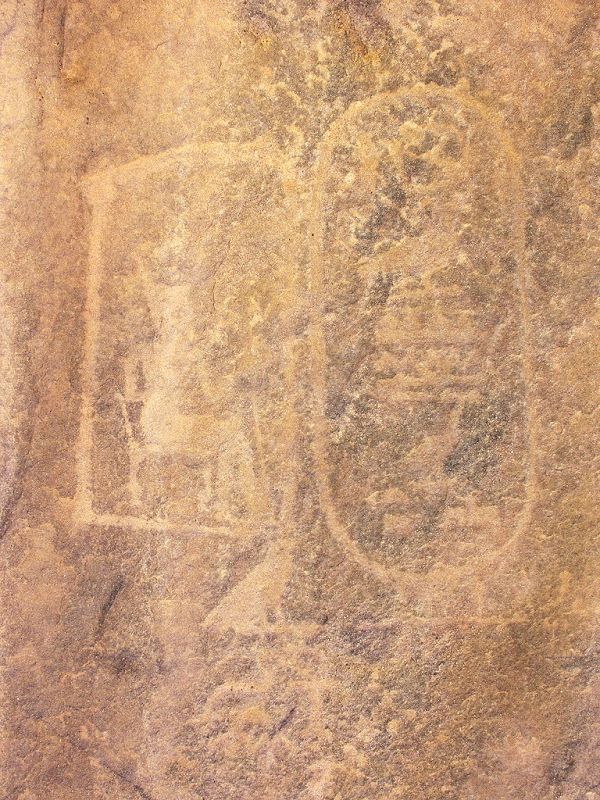
The upper inscription on the right reads Iam hr ms ntr... ("Yam bringing ..."). The land of Yam was the destination of three lengthy voyages made by Harkhouf, whose autobiographical texts on the facade of his rock tomb in Aswan are among the most important Ancient Egyptian historical records. While the three voyages are described in much detail, the location of Yam has been a total mystery, with most Egyptologists placing it somewhere in Nubia and west of the Nile. The reference to Yam at Uweinat suggests that the route starting at Dakhla, and clearly passing by Uweinat, could possibly have continued on to Yam, which in this case could have been further south-west (with Uweinat possibly being a meeting and trading point)
www.fjexpeditions.com...

Now as was suggested above Jebel Uweinat was just the trading depot the Yamite lived further west and the Kemities had to travel some 600km west to meet them, so where is Gao in all this?? my guess is they more than likely came from Wagadugu, or ancient Ghana those existance or settlement goes back to dyn 0 of the Pharaohs. at settlement called Dhar Tichitt in southern Mauritania.
The state became highly developed at about 2500 B.C and continued till it was put out for good by the medieval Malians
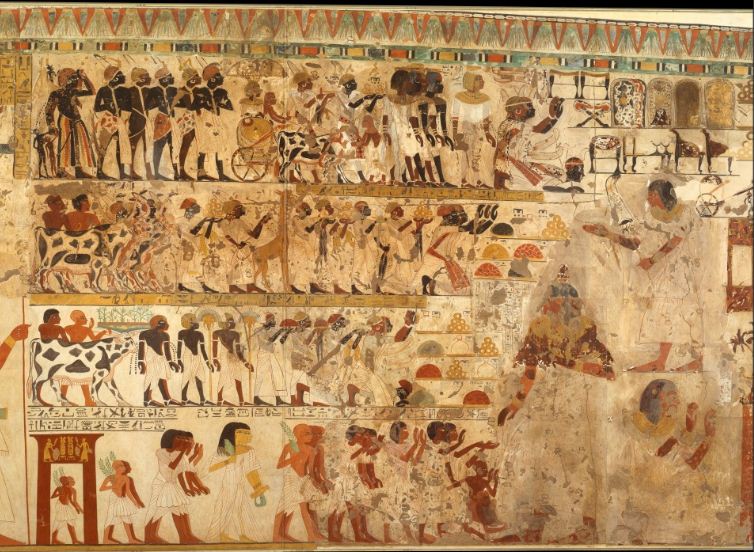
The people of Yam bearing tribute to Huy the successor of Tuthmosis but the relationship goes back to the old kingdom.
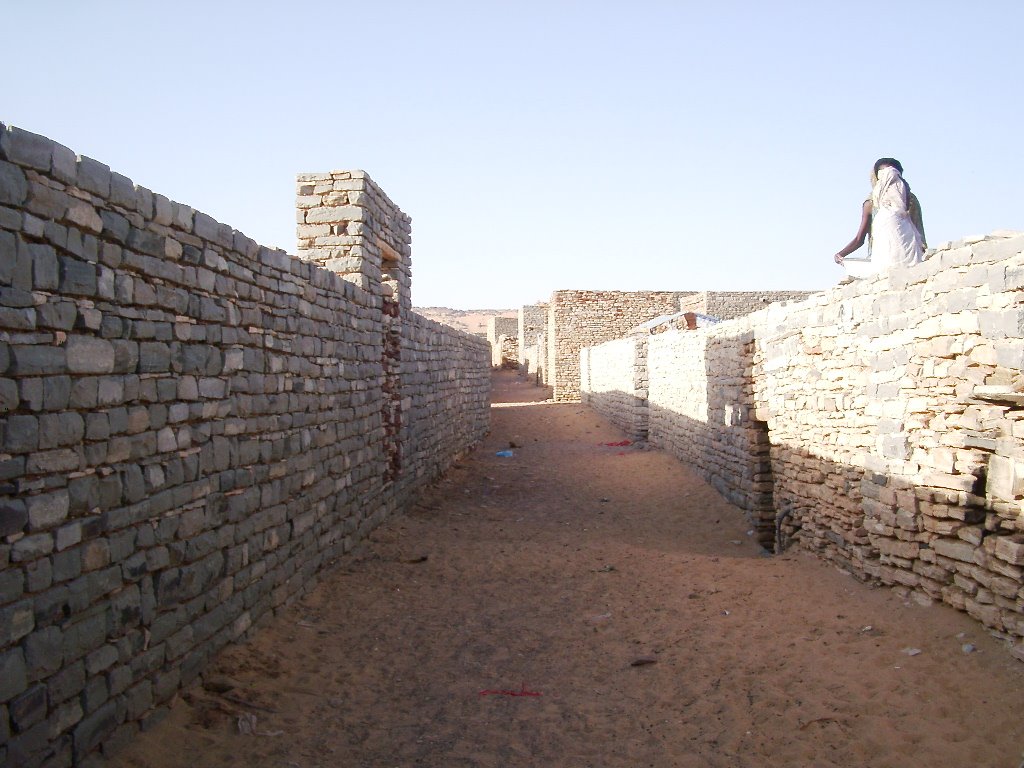


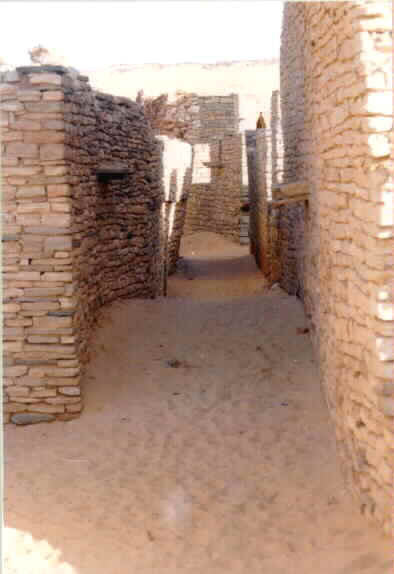

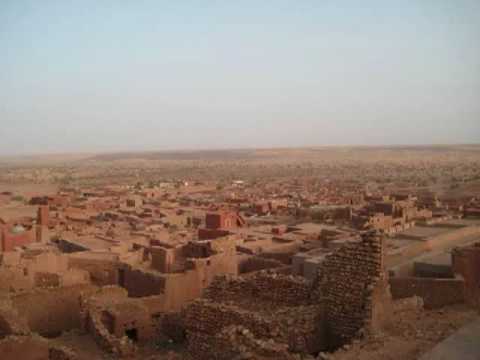
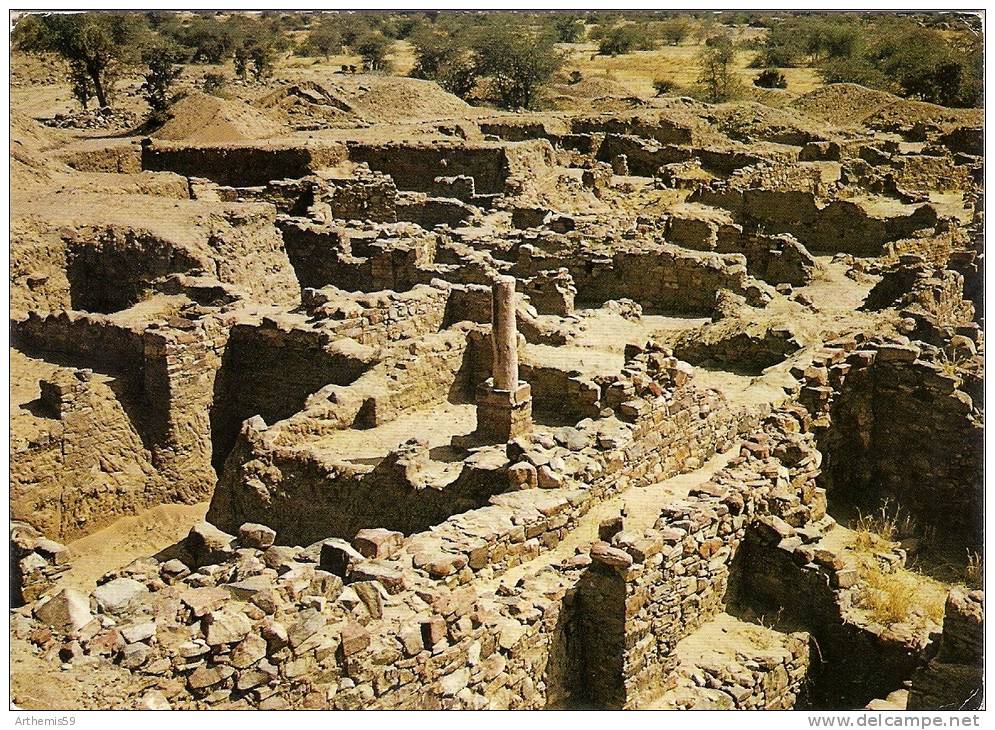
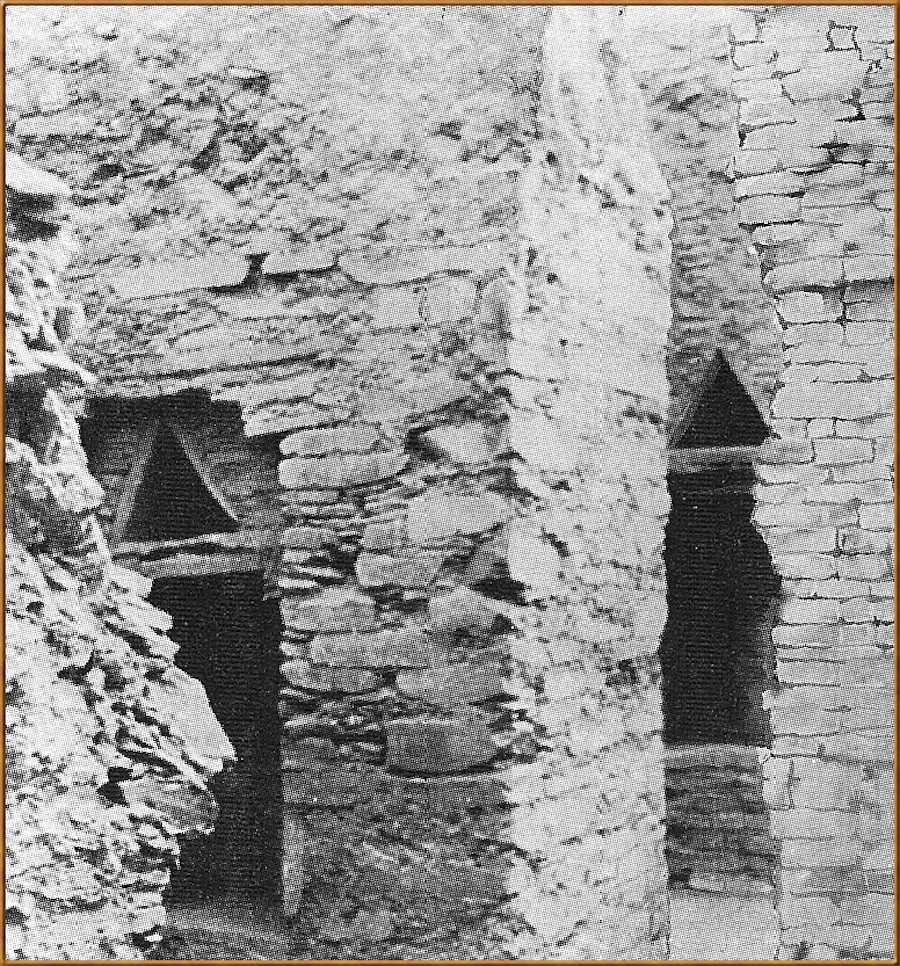
Random cities and buildings of Wagadu a Soninke people a nation of traders and west Africa's preeminent pre islamic civilization before the rise of Mali, although not the only one it is " my view" that the only people that would cause the Pharaohs to even remotely take interest to the far west at that era would have been them.
edit on 10-11-2015 by Spider879 because: (no reason given)
they went against the gods and failed the followers of the new god wrote the history and demonized those that existed
a reply to: Spider879
S&F thanks for the info.
I'm less familiar with the area, but so far from the sharing of this can agree with what you're saying.
S&F thanks for the info.
Random cities and buildings of Wagadu a Soninke people a nation of traders and west Africa's preeminent pre islamic civilization before the rise of Mali, although not the only one it is " my view" that the only people that would cause the Pharaohs to even remotely take interest to the far west at that era would have been them.
I'm less familiar with the area, but so far from the sharing of this can agree with what you're saying.
edit on 10-11-2015 by dreamingawake
because: member quote added.
originally posted by: dreamingawake
a reply to: Spider879
S&F thanks for the info.
Random cities and buildings of Wagadu a Soninke people a nation of traders and west Africa's preeminent pre islamic civilization before the rise of Mali, although not the only one it is " my view" that the only people that would cause the Pharaohs to even remotely take interest to the far west at that era would have been them.
I'm less familiar with the area, but so far from the sharing of this can agree with what you're saying.
You are welcome , as a matter of fact areas to the west of the Nile along the Niger is riddled with ancient and medieval ruins , the empire of Ghana or Wagadugu is the best known of the early states of that region, first settled in 3500 B.C but became dominant in 2500 B.C which was about the same time the Kush arrived on the upper Nile as a force, near the site of medieval Timbuktu lays and even earlier city that was concurrent with classical Greece, and it was quite large, twice the size of medieval Timbuktu which itself was twice the size of medieval London to put it in some perspective, they appeared wealthy and so far no visible signs of warfare, but they either morphed into medieval Mali after some environmental event or vanished forever.
originally posted by: Spider879
I was going over a book called a Tropical Dependency by Flora L. Shaw; and I remembered this interesting passage
THE PHARAOHS IN HAUSSALAND 233 Soudan to pay tribute.
Rameses the Great, who is usually assumed to have been the Pharaoh of Moses, made extensive conquests to the south. This was the Pharaoh whose conquest of Ethiopia is shown upon the monuments, and on those monuments is also indicated the conquest of tributary nations to the West. In connection with these conquests we must not forget the statement of the Tarikh-es-Soudan that it was the Pharaoh of Moses who drew his magicians from Gao.
www.forgottenbooks.com...
Interesting stuff, though I would point out that
* Ramses is a poor match for the pharaoh of Moses
* his "extensive conquests to the South" did NOT reach Ethiopia (see map here)
* attacked the "Libyans" - but these were coastal people.
originally posted by: Byrd
originally posted by: Spider879
I was going over a book called a Tropical Dependency by Flora L. Shaw; and I remembered this interesting passage
THE PHARAOHS IN HAUSSALAND 233 Soudan to pay tribute.
Rameses the Great, who is usually assumed to have been the Pharaoh of Moses, made extensive conquests to the south. This was the Pharaoh whose conquest of Ethiopia is shown upon the monuments, and on those monuments is also indicated the conquest of tributary nations to the West. In connection with these conquests we must not forget the statement of the Tarikh-es-Soudan that it was the Pharaoh of Moses who drew his magicians from Gao.
www.forgottenbooks.com...
Interesting stuff, though I would point out that
* Ramses is a poor match for the pharaoh of Moses
* his "extensive conquests to the South" did NOT reach Ethiopia (see map here)
* attacked the "Libyans" - but these were coastal people.
True and for the record the book is very old and dated as it dates back to 1900, the term Ethiopia was used very widely at the time by Flora Shaw and others, and most likely she believed in the Moses story, she followed her husband around Africa who was a British empire builder in Africa, matter of fact it her who gave Nigeria the name Nigeria ,but she was a keen observer and interested in the history of Africans outside Egypt, but the part that had me was the Tarikh-es-Sudan and the passage which like I said kept under wraps, it was the Jebel Uweinat inscription and finds that had me revisiting that passage for as she wrote correctly that folks on the Niger were in fact making economic and perhaps cultural contacts with folks on the Nile, this fact was not always a given for historians and writers of the past.
originally posted by: Spider879
but the part that had me was the Tarikh-es-Sudan and the passage which like I said kept under wraps, it was the Jebel Uweinat inscription and finds that had me revisiting that passage for as she wrote correctly that folks on the Niger were in fact making economic and perhaps cultural contacts with folks on the Nile, this fact was not always a given for historians and writers of the past.
Actually, it's been a given for historians (well, Egyptologists) for a very long time. That's where they think the kingdom of Punt was and there's excellent documentation going back as far as the 4th dynasty of trade with that area.
originally posted by: Byrd
originally posted by: Spider879
but the part that had me was the Tarikh-es-Sudan and the passage which like I said kept under wraps, it was the Jebel Uweinat inscription and finds that had me revisiting that passage for as she wrote correctly that folks on the Niger were in fact making economic and perhaps cultural contacts with folks on the Nile, this fact was not always a given for historians and writers of the past.
Actually, it's been a given for historians (well, Egyptologists) for a very long time. That's where they think the kingdom of Punt was and there's excellent documentation going back as far as the 4th dynasty of trade with that area.
Yes but Pwnt was to the southeast and the division of Africans at the time 19th cent-early 20th was East Africans were East Africans and West Africans were west Africans and never the two did meet, the mindset at the time was there was a great divide in geography and nominclosure, Hamite east Africans vs Negro west Africans, I know it seems stupid and arbitrary today, but that was the view back in the day, and so much so that locals in parts of Africa bought into that nonsense and ended up with the Rwandan genocide some yrs ago , so yes it was a real thing imposed upon the locals and accentuate whatever divisions they had developed among themselves independent of outsiders.
edit on 11-11-2015 by Spider879
because: (no reason given)
new topics
-
Who could it beeee now?
New World Order: 23 minutes ago -
The Russian Vostok complex has been put into operation in Antarctica
Science & Technology: 47 minutes ago -
Letitia James tells judge to Reject Trumps $175 Million Bond
2024 Elections: 1 hours ago -
Tucker Carlson UFOs are piloted by spiritual entities with bases under the ocean and the ground
Aliens and UFOs: 1 hours ago -
Hello from burritocat
Introductions: 2 hours ago -
An Apology From the Dunderbeck Sausage Company
Music: 5 hours ago -
Tucker on Joe Rogan talking Kona Blue and UFOs
Aliens and UFOs: 5 hours ago -
Remember These Attacks When President Trump 2.0 Retribution-Justice Commences.
2024 Elections: 6 hours ago -
Predicting The Future: The Satanic Temple v. Florida
Conspiracies in Religions: 6 hours ago -
WF Killer Patents & Secret Science Vol. 1 | Free Energy & Anti-Gravity Cover-Ups
General Conspiracies: 8 hours ago
top topics
-
The Democrats Take Control the House - Look what happened while you were sleeping
US Political Madness: 16 hours ago, 18 flags -
Michigan school district cancels lesson on gender identity and pronouns after backlash
Education and Media: 10 hours ago, 9 flags -
Biden says little kids flip him the bird all the time.
Politicians & People: 16 hours ago, 9 flags -
Man sets himself on fire outside Donald Trump trial
Mainstream News: 16 hours ago, 9 flags -
WF Killer Patents & Secret Science Vol. 1 | Free Energy & Anti-Gravity Cover-Ups
General Conspiracies: 8 hours ago, 8 flags -
Pentagon acknowledges secret UFO project, the Kona Blue program | Vargas Reports
Aliens and UFOs: 13 hours ago, 6 flags -
Remember These Attacks When President Trump 2.0 Retribution-Justice Commences.
2024 Elections: 6 hours ago, 6 flags -
Israel attacking Iran again.
Middle East Issues: 10 hours ago, 5 flags -
Boston Dynamics say Farewell to Atlas
Science & Technology: 13 hours ago, 4 flags -
Sheetz facing racial discrimination lawsuit for considering criminal history in hiring
Social Issues and Civil Unrest: 16 hours ago, 3 flags
active topics
-
Judge Napolitano Talks Phone Call About JFK Assassination with POTUS Trump
Political Conspiracies • 23 • : FlyersFan -
Who could it beeee now?
New World Order • 3 • : FlyersFan -
Silent Moments --In Memory of Beloved Member TDDA
Short Stories • 49 • : F2d5thCavv2 -
Remember These Attacks When President Trump 2.0 Retribution-Justice Commences.
2024 Elections • 17 • : Hecate666 -
The Russian Vostok complex has been put into operation in Antarctica
Science & Technology • 5 • : andy06shake -
Boston Dynamics say Farewell to Atlas
Science & Technology • 6 • : Greazel -
Tucker Carlson UFOs are piloted by spiritual entities with bases under the ocean and the ground
Aliens and UFOs • 4 • : 19Bones79 -
WF Killer Patents & Secret Science Vol. 1 | Free Energy & Anti-Gravity Cover-Ups
General Conspiracies • 4 • : AllisVibration -
Hurt my hip; should I go see a Doctor
General Chit Chat • 14 • : Disgusted123 -
Letitia James tells judge to Reject Trumps $175 Million Bond
2024 Elections • 1 • : Hakaiju
13
